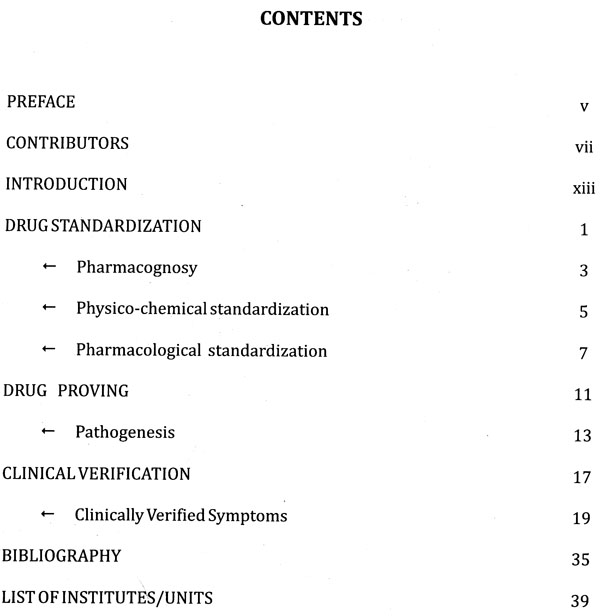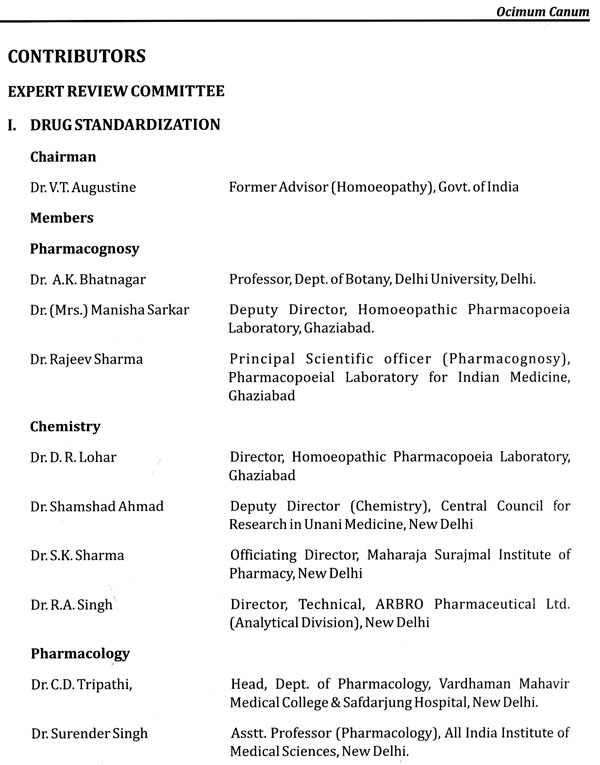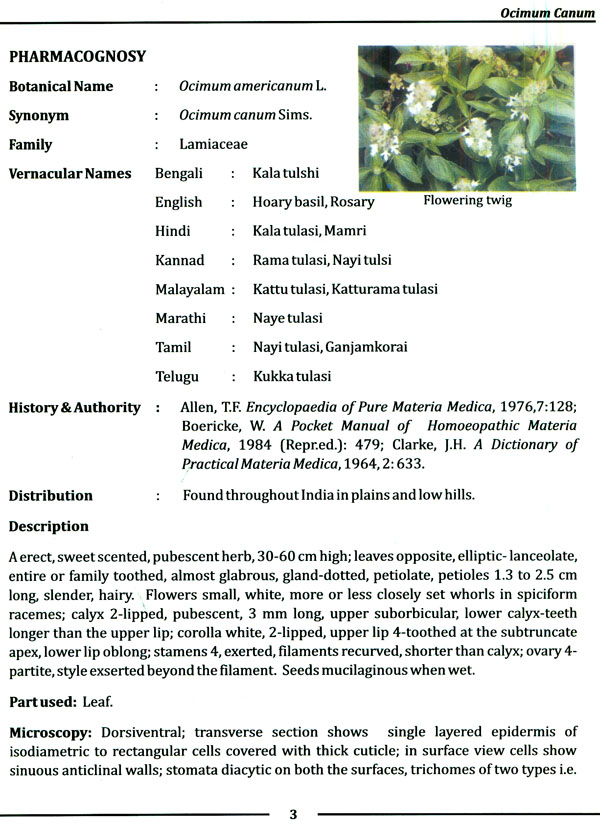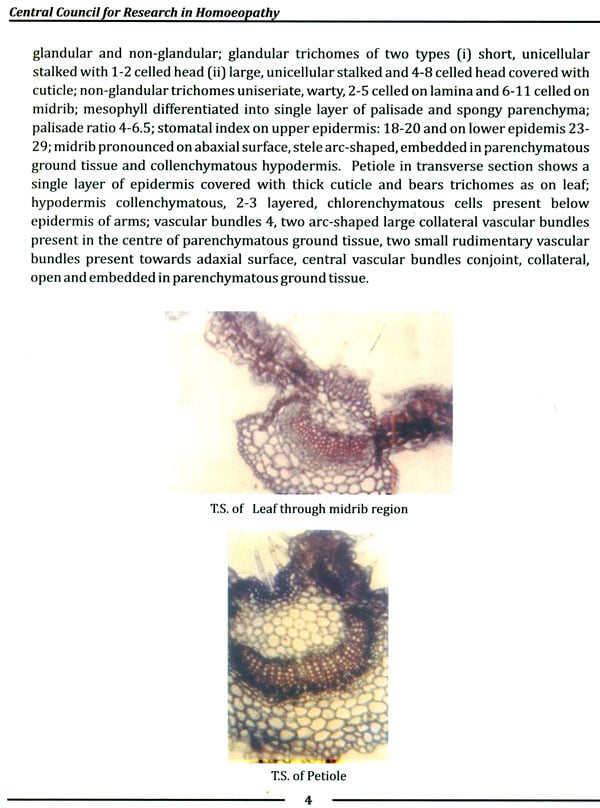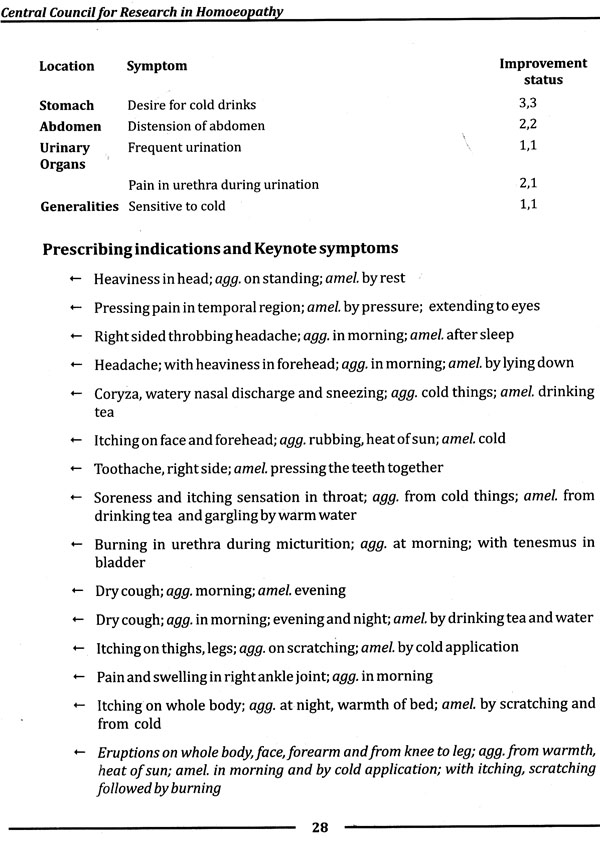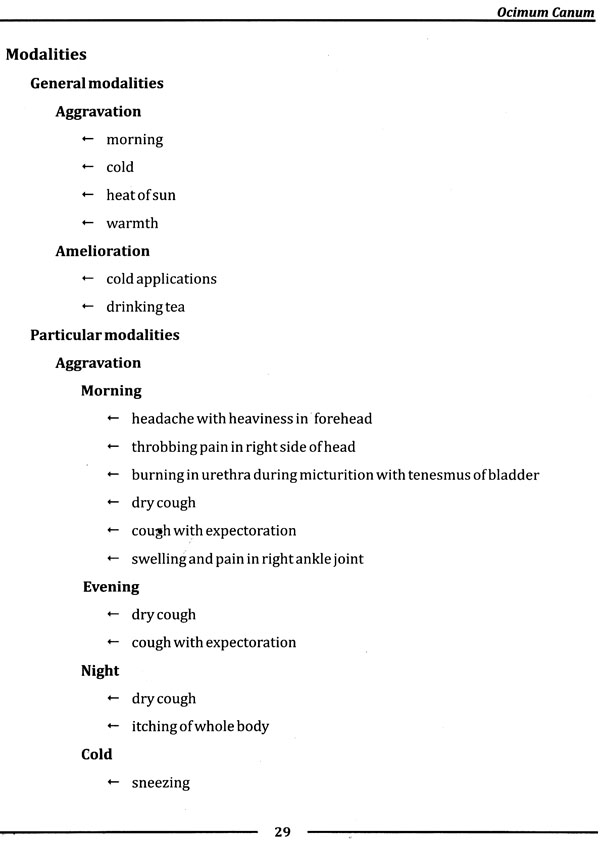
Ocimum Canum (Drug Monograph)
Book Specification
| Item Code: | NAW585 |
| Publisher: | Central Council for Research in Homoeopathy, New Delhi |
| Language: | English |
| Edition: | 2011 |
| ISBN: | 9789381458037 |
| Pages: | 30 (5 Color Illustrations) |
| Cover: | PAPERBACK |
| Other Details | 9.50 X 7.00 inch |
| Weight | 170 gm |
Book Description
Plants have long been used to treat human beings. In the primitive times, plants were the only source of treatment and that is how the 'folklore medicine' started in the olden times. The then healers used to know about the regional plants very closely and without any formal qualification, they were able to differentiate between two closely similar looking plants, and would know which one would heal a condition and which one would prove completely ineffective in doing so. Ocimum, one of the most common species in the plant kingdom, also has many varieties within its group. India knows and boasts of Ocimum sanctum or the Holy Basil. Apart from its sacred value in India, it is also one of the most commonly used plants in Indian families for day to day problems like cold, cough etc. But its lesser known relative, Ocimum canum is equally capable of healing various conditions of human being and is as widespread as the former. This intrigued the Council and a research study was designed to know further about the latter drug. The results are presented to the profession in the form of this monograph.
Various techniques were used to carry out the standardization studies of this medicine. Besides, drug proving (homoeopathic pathogenetic trial) was conducted to elicit the symptoms the drug produced in healthy human beings. These very symptoms were further verified under the clinical verification programme of the Council. It is only after a wholesome research on the drug that the Council is publishing this work. However, we will be glad to know more details about this medicine, from the physicians who would have the opportunity to use it in their clinics. This would further authenticate the published work.
Finally, I hope, the profession will read this monograph with great interest and benefit from this piece of work.
**Contents and Sample Pages**
